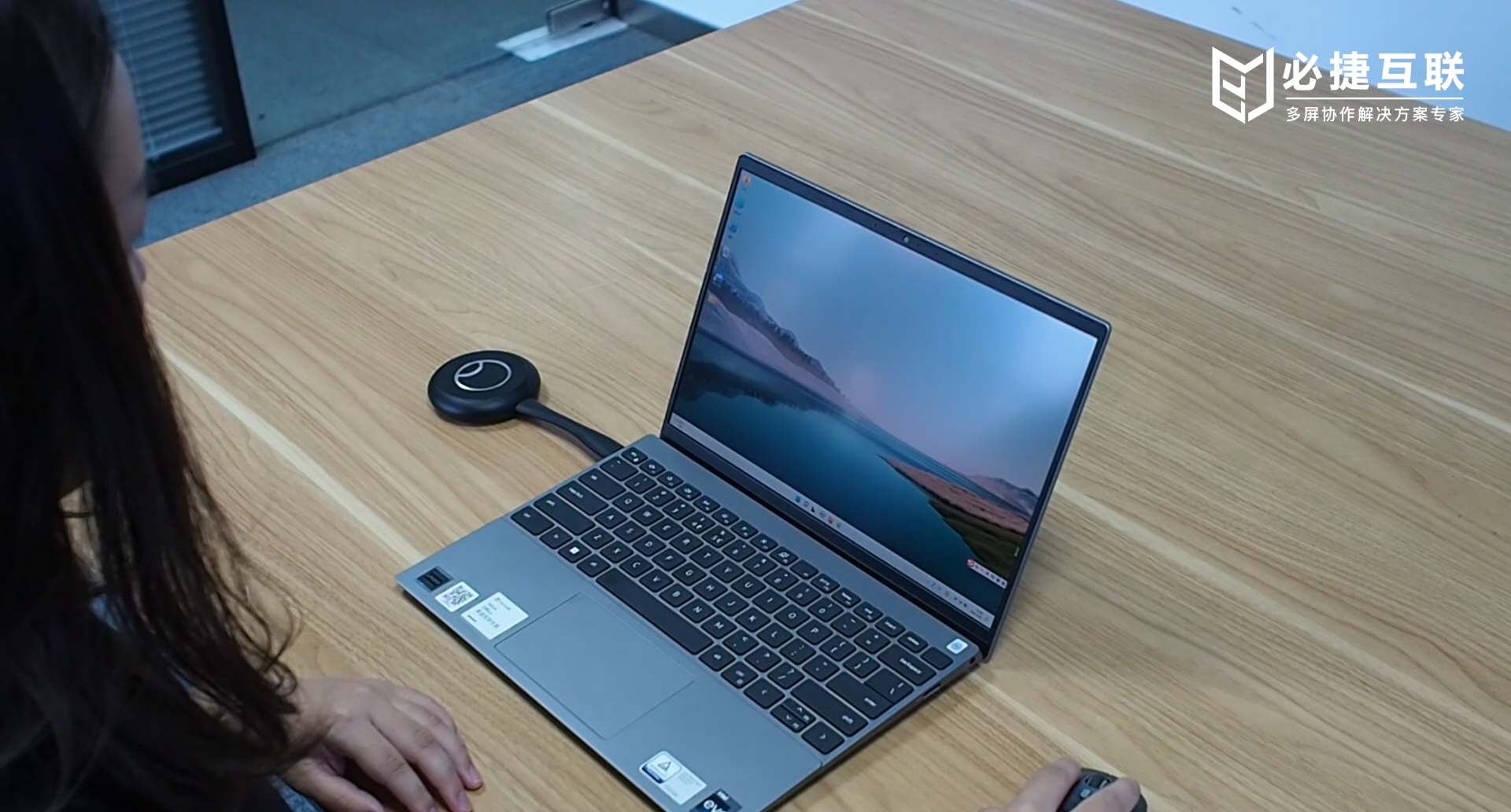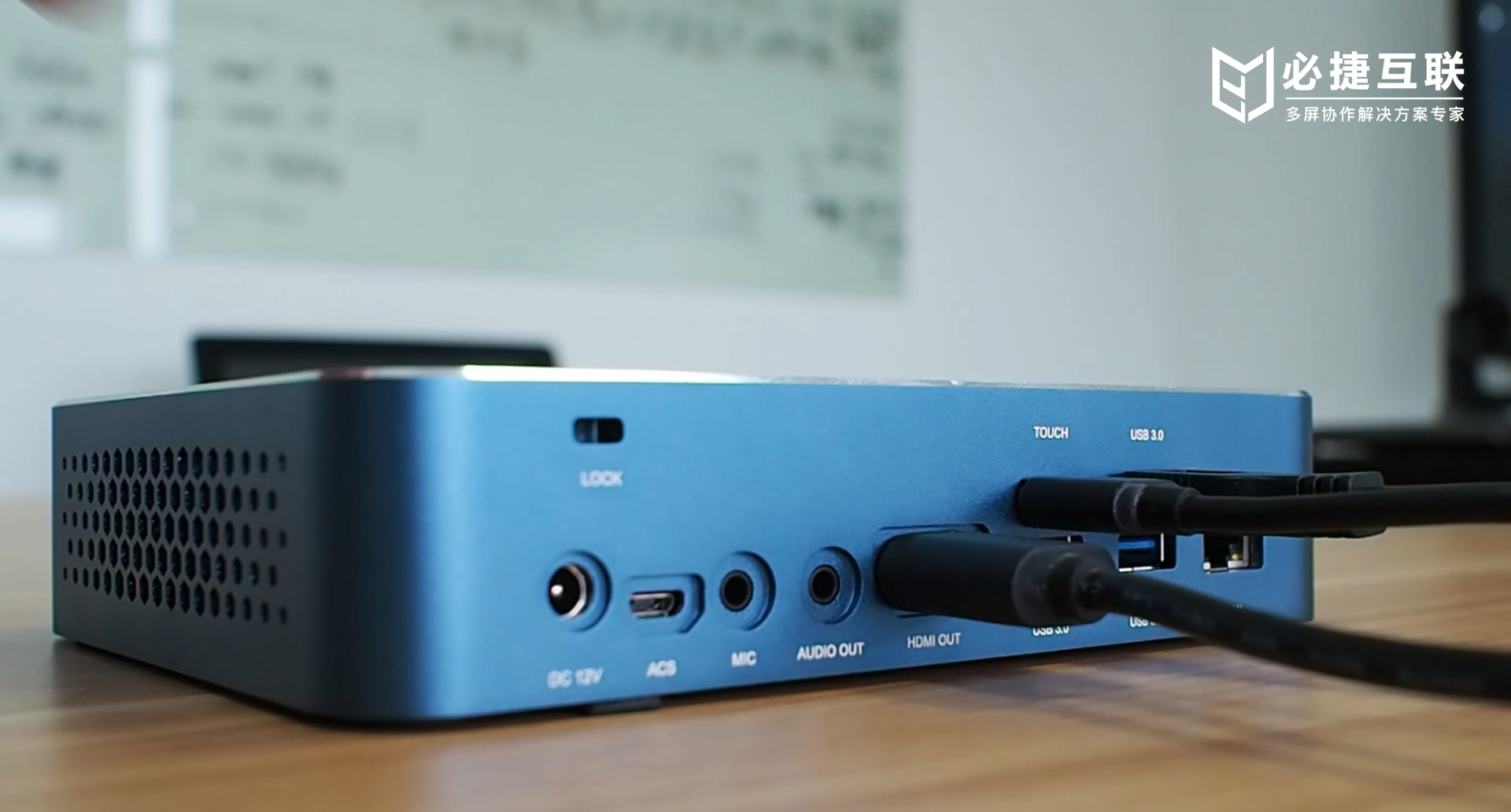The disadvantage of the Miracast protocol is that a stable Wi Fi signal is required during the screen casting process. If the network speed is slow or the signal is unstable, it may lead to screen casting delay or image lag. In addition, the Miracast protocol does not support synchronous transmission of audio and video, which may result in unsynchronized sound and image.

Generally speaking, there may be multiple reasons for the lag in wireless screen mirroring. Here are some possible reasons:
1. Unstable network environment: Wireless screen projection requires signal transmission through the network. If the network signal is unstable or the network bandwidth is insufficient, it will cause lagging.
2. Insufficient device performance: If the performance of the projection or receiving devices, such as processors, memory, graphics cards, etc., is insufficient, it can also affect the smoothness of wireless projection.
3. Unstable or outdated projection software: If the projection software used is unstable or outdated, it can also cause wireless projection to lag.
4. Mismatch between the image quality of the projection device and the receiving device: If the image quality of the projection device is higher than that of the receiving device, there will be a lag phenomenon.
5. There are other interference factors, such as electromagnetic interference from the surrounding environment, overheating of equipment, etc., which may also cause wireless screen mirroring to lag.

To address these issues, optimization can be achieved through the following measures:
1. Ensure stable network environment: Wireless screen mirroring requires a stable network environment, which can be optimized by optimizing router settings, adding signal amplifiers, and other methods.
2. Using high-performance devices: The Bijie Multimedia Collaboration System can smoothly and stably cast screens even with a network packet loss rate of 10% to 20%. The patented streaming media transmission protocol and algorithm ensure that multiple people cast screens simultaneously, without any lag; The hardware adopts Gigabit Ethernet and is equipped with a built-in WiFi6 ultra high speed WiFi module to ensure high network transmission guarantee. At the same time, it provides screen projection status monitoring and supports display of screen projection resolution, packet loss rate, bit rate, frame rate, and signal strength information. The better the performance of the projection and reception devices, the higher the smoothness of wireless projection.
3. Updating the screen casting software: Timely updating the screen casting software (Bijie Screen Casting APP) can solve the stability problem of the software itself.
4. Matching image quality: Ensure that the image quality of the projection device and the receiving device matches, which can avoid lagging problems caused by mismatched image quality.
5. Eliminate other interfering factors: Reduce the impact of other interfering factors by improving the surrounding environment, maintaining equipment ventilation, and other methods.